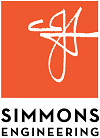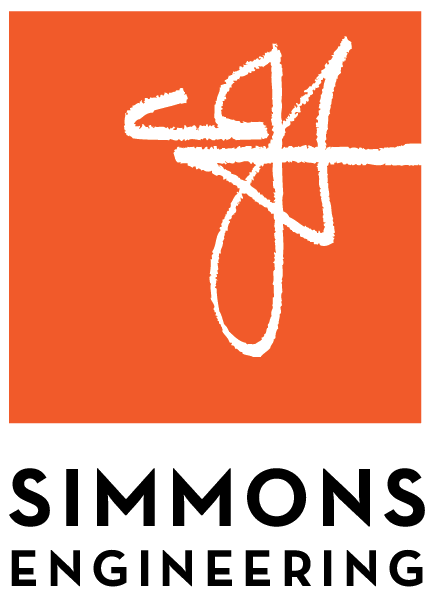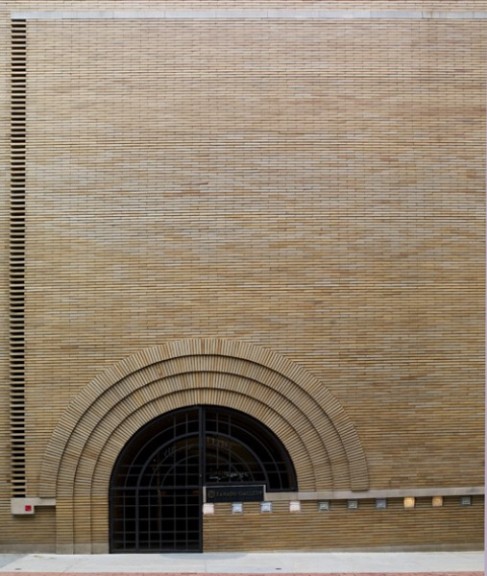Some things, even things that seem inconsequential and mundane at the time, have a way of carving out in our minds a permanent place from which we can draw mental images as clear today as they were years ago. Such was my experience the first time I saw the V.C. Morris Gift Shop in San Francisco.
It was summertime around my 16th birthday. My dad had invited me to tag along with him on a business trip to a couple of his retailers around the Bay Area. At the time, he was making paper lamps for a living based on an idea that he had come up with as an industrial design student in the 1970s.
The way my dad tells the story, the design concept for his lamps was stumbled upon. While in college, he was working in the bookstore shipping department where books were unpackaged and rolled out to the store shelves to be sold. The shipping room was filled with rolled up pieces of cardboard filler material, which was usually thrown away. In one of his design courses, he was assigned to build something out of a found object. He used the packaging paper found in the bookstore to create a paper sculpture. Starting out as a rolled up piece of corrugated paper, he made razorblade thin perforated cuts on the corrugated side of the paper, then folded it around itself and joined the ends of the paper, yielding a three-dimensional tubular structure with varying surface topographies depending on the way it was cut. Shortly after this, he introduced a light source to the center of the paper sculpture, giving it utility as a piece of lighting furniture.
As delightful as the finished product was, whether lit or unlit, the fact that it could collapse from an airy three-dimensional shade to a flat two-dimensional piece of paper, then rolled tightly and shipped in a compact box was just as important to its success as the finished product. It was, in essence, a deployable structure, a transformer between 2D to 3D.
We had just delivered some of these lamps, called “lumalights,” to a furniture store in Berkeley. On the way home he decided to stop by Limn, one of his retailers in San Francisco. En route, he made a few wandering turns through the hills and past Union Square, then coasted down a quiet alley. He said there was a building there that I might like to see.
When I first looked at the building, it seemed very undramatic to me. The narrow street ally it was in of itself made me question that anything remarkable could be found in such a hidden location. It was as if the building was asking to be ignored. But as I studied the proportions of its facade and appreciated its clean lines, I began to interpret it the best I could at the time — as a page.
For the past few years I had spent one period of my school days in a yearbook class, laying out pages and filling them with pictures and words. From staff member to sports editor to editor-in-chief, yearbook was an outlet for what creative yearnings for expression I had as a high school kid.
But this wasn’t a page; it was a building! And with a utility that appealed to me even more than a pretty page. Looking back now, though unremarkable at the time, this day stands out in my mind as a small hinge on which a great and heavy door was hung.
Several months earlier, at the encouragement of my high school yearbook adviser, I had signed up for a drafting class and taken an unexpected liking to it. Using a straightedge and T-square on a drafting board with pencils was not a far stretch from using a cropper and wax pencils to lay out pages. Measuring with an architectural scale was familiar as I was experienced with using picas to measure on my double-page spreads. But what excited me most was that the drawings I was generating on paper — plan, section, and elevation views — were representations of something that would be built in the three-dimensional world.
When we arrived at Maiden Lane in downtown San Francisco, I thought like a graphic designer, but when we left, I was thinking in another way. At first, I could see cyan eyelines neatly laid out over the facade of the building. The row of square lights along the top of the half-wall in front of the building even looked like 1×1 square pica gridlines. But as I remained there and contemplated its understated beauty in the shadows of the adjacent buildings, the picas gave way to feet and inches. My attention turned to what was supporting the building from below, protecting it from above, and enclosing it on the sides. I was taken by what was behind the facade, the space that gave it function as a building. From this time on, I started thinking about design more in terms of a 3D endeavor than a 2D one. My interest in graphic page design was slowly pushed out of the way by 3D building design.
Just as my dad’s lamp started out as flat sheets of paper and transformed into 3D objects, so my career path steered from a 2D medium to a 3D one in the built environment. We drove away from the V.C. Morris Gift Shop and I started thinking like an engineer.



